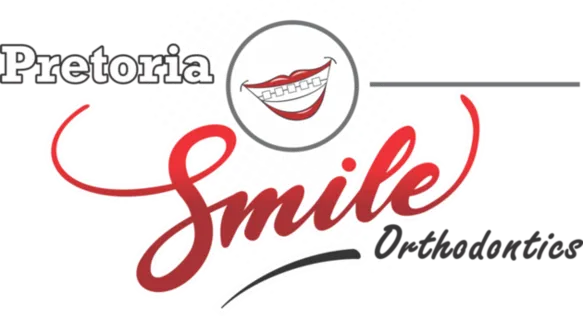
If you are thinking about getting your teeth straightened because they are overlapping, crowded or crooked, you may have been told about black triangles. What are they? Here we will explain everything you need to know.
How black triangles can help with oral hygiene
Black triangles are naturally occurring spaces between teeth due to two triangular shaped teeth touching each other.
This is completely normal and some type of spacing is always natural and even beneficial, as it helps improve cleansability and gum health, and overall dental hygiene.
Not all tooth shapes will result in the formation of black triangles, though, so depending on your individual dental structure, you may or may not have them.
Here’s an overview and explanation of the three main tooth shapes, so you can see which category your teeth fall into and what type of gap or black triangle, if any, is natural for your teeth.
Which tooth shape will likely cause black triangles
After orthodontic treatment, your teeth have reached their optimum position and – now there’s a little window to the rest of your mouth. Black windows like those shown below occur because of the shape of your teeth. If the tooth root is significantly narrower than the crown – meaning the edge of your tooth is wider than it is at the gum line – then this will cause a gap between the teeth and gums. A black triangle.
As mentioned above, though, black triangles are not a bad thing, as they are completely natural. Having a slight gap is actually helpful in maintaining proper dental health, as brushing and flossing tends to be easier. In fact, it can be unnatural to not have any form of gaps – this is also often due to tooth shape, which generally falls into 3 categories – rectangular, oval or triangular shape.
1) Rectangular tooth shape
Rectangular teeth have straight parallel edges, so the teeth fit next to each other without any gaps on the top or bottom. Therefore, rectangular shaped teeth do not form black triangles (the teeth touch along a large part of the surface).
2) Oval tooth shape
Oval shape teeth have rounded edges at the bottom, so there is a space at the bottom of the edges where they touch – this is called an embrasure. As you can see, black triangles are also less likely to occur in this scenario, as the tops of the teeth still fit next to each other quite snugly.
3) Triangular tooth shape
Triangular teeth have sloping edges like a triangle, so that when teeth touch at the bottom edge (the wider edge), it creates a space between the top teeth. This gap is then visible as a black triangle.
So, as you can see, your tooth shape has a big influence on the overall appearance of your smile and your dental health. But if the gaps are too large and bothering you, you’ll probably be asking yourself can this be fixed? Indeed it can.
How to get rid of black triangles
There are 2 main ways of removing a black triangle: IPR and cosmetic bonding
1) IPR
If the black triangle is bothering you too much, your orthodontist can perform something called interproximal reduction, or IPR.
For this, a tiny amount of your tooth is polished or filed off to provide just enough space for your teeth to fit snugly together, closing the gap. Obviously, there is only so much filing that can be done.
2) Cosmetic bonding
Alternatively, if the gaps are too large, you can have cosmetic bonding performed, which is basically filling the gap with white material, which hardens under a UV light to resemble your actual tooth.
3) Soft Tissue Graft / Papilla Reconstruction
This process is performed by a Periodontist (gum specialist) whereby tissue is grafted or taken from another part of your mouth and placed around the tooth creating an esthetic ridge or the desired papilla.
If you are suffering from black triangles before, during or after orthodontic treatment - Dr Ghabrial will be able to evaluate and discuss which procedure is best suited for you!
